|
These days, communication is a big part of what we do in our paranormal group, but from day one it's been important in every aspect of things. From writing for the website, blogs, and articles, posting and commenting on social media (we maintain a public Facebook page and a Closed Group for discussions), and long-running email communications with clients, to talking to clients directly, working with the news media, and occasional public speaking engagements, most of us in paranormal team leadership and client management roles spend more of our time on communicating than we do in active investigation. For me, the emphasis has gradually shifted from one role to the other over the ten-or-so years since our paranormal group was founded. Certainly, running round in old, deserted buildings at night armed with EMF meters, voice recorders and full spectrum video cameras is a lot more fun than evenings indoors typing into a computer; and, frankly, this is not really exactly what I signed up for. But it’s still more interesting than evidence reviewing! And the prospect of giving a public talk at Te Papa (on a somewhat ominous date - 16-6-16) is actually more scary than any paranormal investigation, even on the occasions when we've actually experienced something possibly ghostly. The theme of the talk/event was The Gothic in New Zealand Art, and my co-speaker was the Curator of Modern Art at Te Papa, Chelsea Nichols (4th curator down on this page). So having someone with a Ph.D. in art history to help carry the can meant I was freer to talk about the paranormal aspects without having to attempt to sound academic. One aspect of this talk was the relationship between early original photographic works in the exhibition of Athol McCredie's book ‘New Zealand Photography Collected’ and the presence or spirit of the people photographed. Sometimes it is joked about that primitive peoples thought photography was magic and that taking a photograph of someone was akin to stealing their soul; but, like many superstitions, there is an element of truth in it. Certainly, in the nineteenth century (at least before 1890, when the Kodak ‘Brownie’ snapshot camera put photography in the hands of the people), the only folk who understood photography were professional photographers and scientists. To the rest it was a complete mystery, if not somewhat magical. The Daguerreotype was the first commercial form of photography and was used in the early portrait studios. If you’ve seen Mike Leigh's 2014 film Mr Turner, there’s a humorous scene where the artist enters such a studio to have his portrait made. He has to sit still for quite some time while enough of the window light reflected off his face and body is collected by the camera lens and focused onto the sensitised metal plate to make an image. (An iron neck brace is used to hold his head still.) I remember a friend taking a indoor portrait of me using a large format, sheet film camera, which required a shutter speed of about 10 seconds. Unlike a snapshot, I was very aware of the time that the lens was open and the image was forming. As I looked into the opening in the lens it felt very much like my personal energy was being drawn into the camera, and I wanted the Te Papa audience to understand this and try to have a similar experience. After looking at the centuried Daguerreotypes on display, which were direct, first-generation images of their subjects (more closely related to their subjects than second-generation prints from a negative), I demonstrated that light really is energy by holding up an old selenium-cell light meter facing the gallery lights and showing the meter needle moving. There is no battery in this meter: it’s the energy of the light that moves the needle, via a small electric current generated when photons strike the gold-selenium sensor. Then I got everyone to stand very still in a group for thirty seconds while I took their photo. While the shutter was open I asked them to be very aware of their energy being captured on the light-sensitive film. (The two photos were taken on a Hasselblad SWC camera like this one.) For the second photo (below), I asked some people to remain still, others to move a little or a lot, and some to walk away after a time to create photographic ghosts. The array of lights coming in from the top of the photo is caused by lens flare from the gallery lighting. I had to take these photos a bit hurriedly as we were running short of time, but I like this accidental effect, which adds a little 'supernaturalness'. The thing about talking to such a group – one which was largely brought together via publicity Te Papa put out, so to me it comprised mostly strangers – is that they’re hard to read; you can’t really tell how what you’re saying is being received. And even though both Chelsea and I tried at times during the evening to encourage people to relate their own paranormal experiences and beliefs, people are understandably reticent when to talk about such things in public, in front of other strangers. After all, some people might think maybe your cheese has slipped off your cracker. When I tell people I’m going to be speaking at such and such and I’m really nervous about it, the advice I'm usually offered is just this: be yourself. The jury's still out on whether it’s good advice, in my case. But, still, I look forward to the next opportunity to speak in public and so perhaps make some contribution to people's understanding and appreciation of things in the paranormal realm, even if, or especially if, the topic intersects with other fields of interest, such as art. The Andrew Ross photograph above is not in the Te Papa exhibition, but I referred to it in my slide talk because of the effect of light streaks apparently emanating from the letterbox. The photographer has no idea what caused this particular, strange photographic anomaly.
0 Comments
Leave a Reply. |
Ectoplasmic Residueis a blog by James Gilberd - leader and co-founder of Strange Occurrences. Views expressed here do not necessarily represent those of the Strange Occurrences team. AuthorJames Gilberd is an amateur paranormalist, writer and musician, and a professional photographer, living in Wellington, New Zealand. Archives
February 2021
Categories
All
|
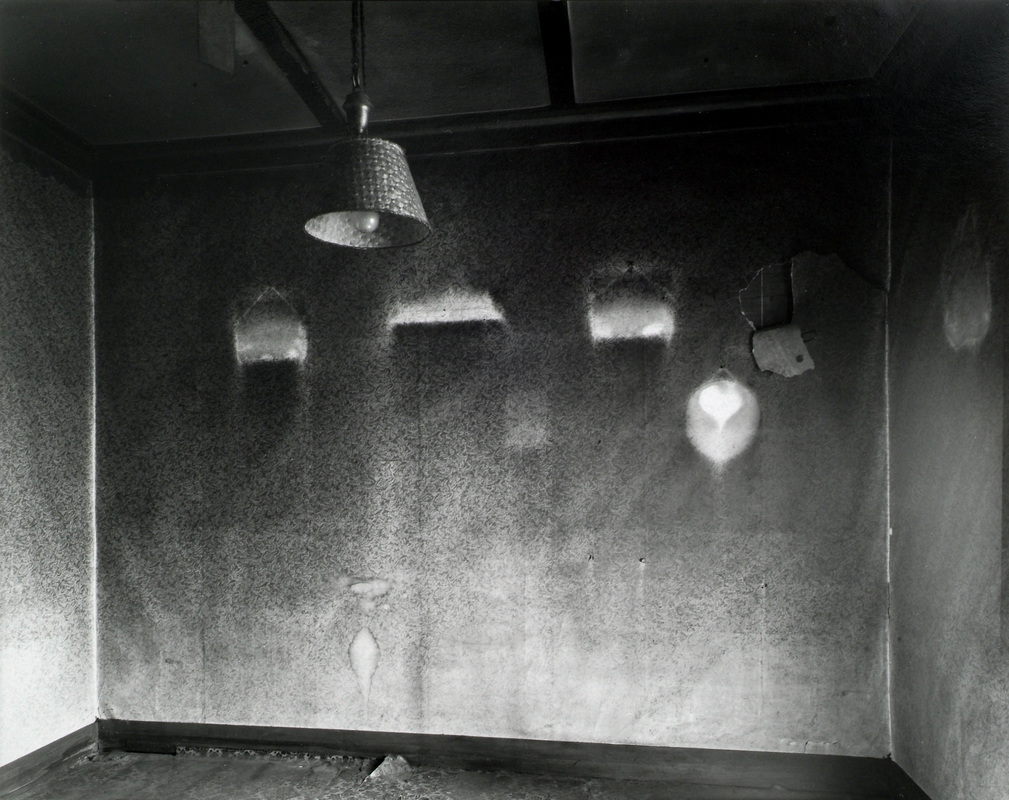
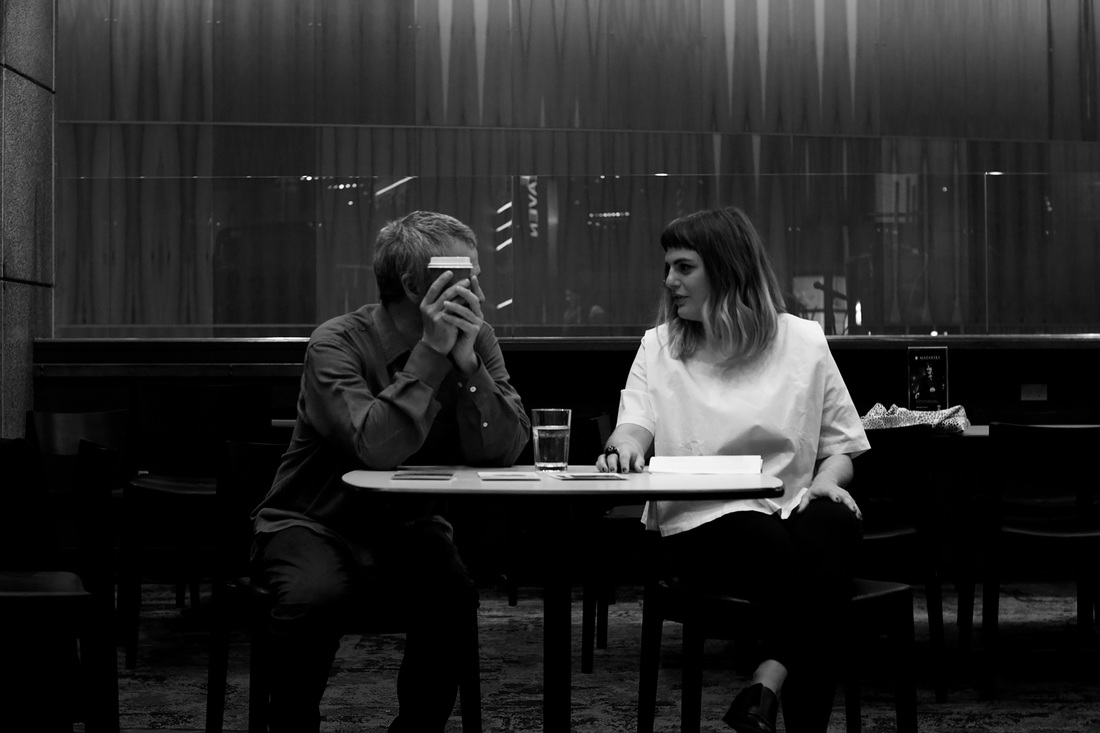
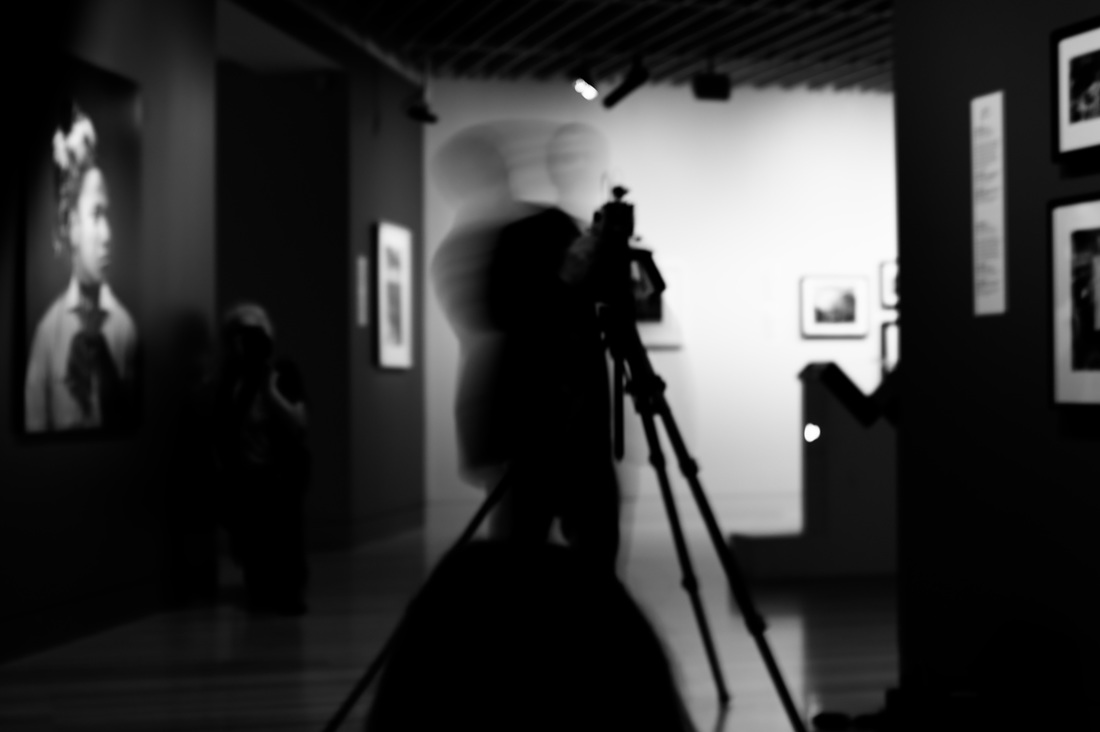
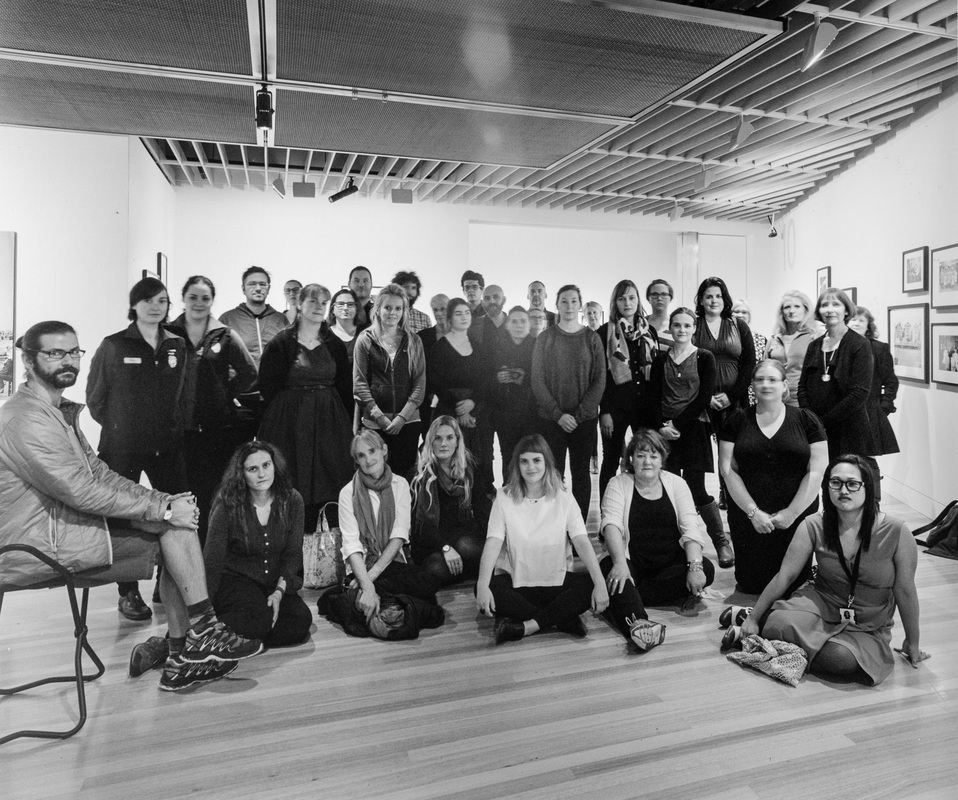
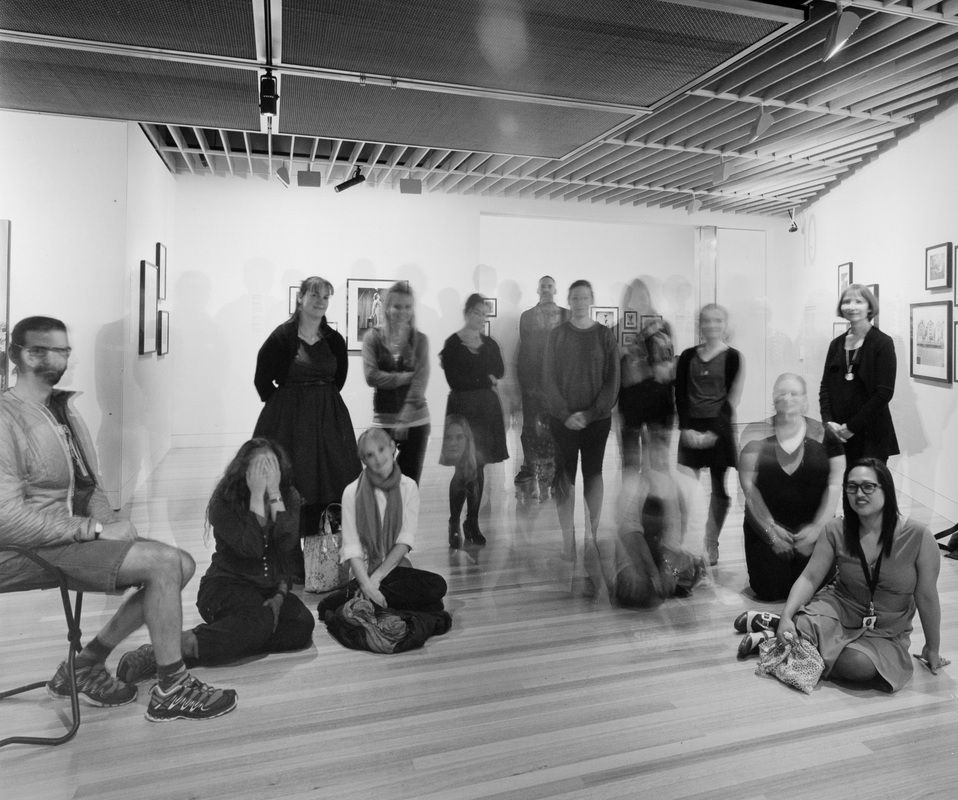
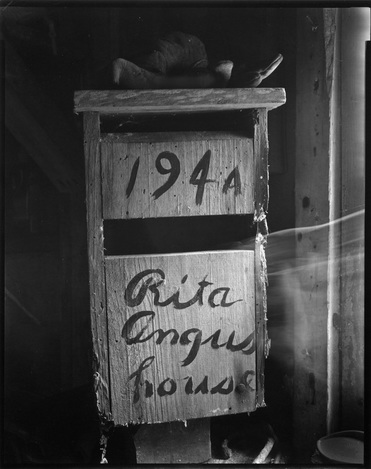
 RSS Feed
RSS Feed
